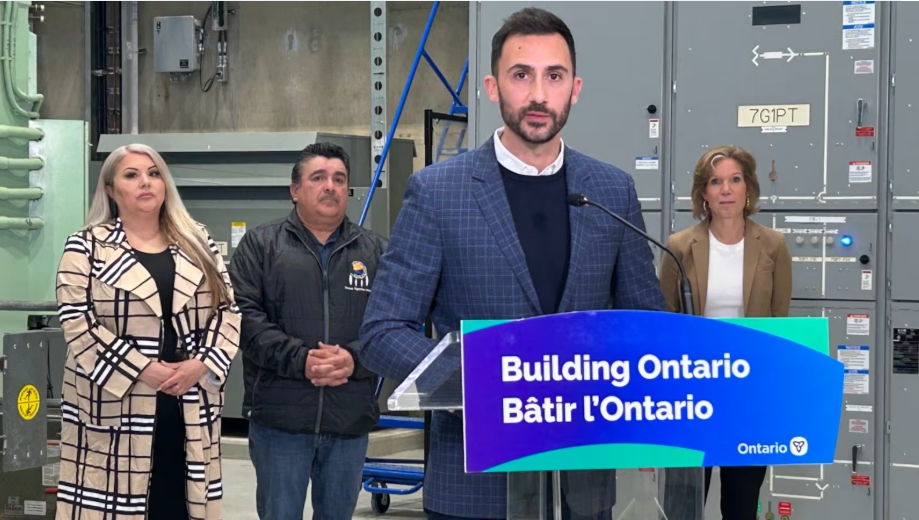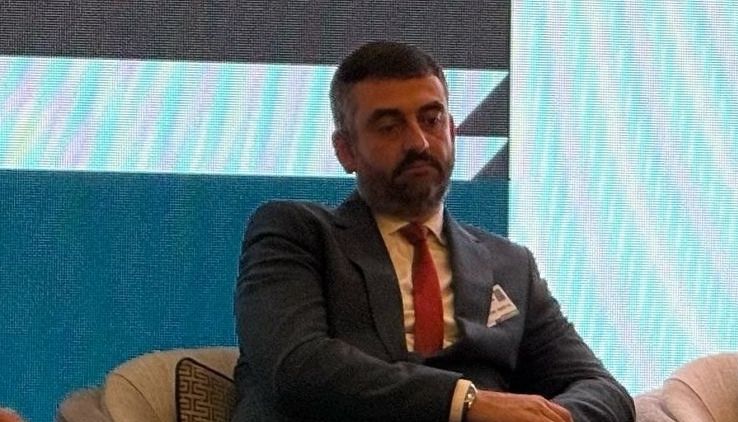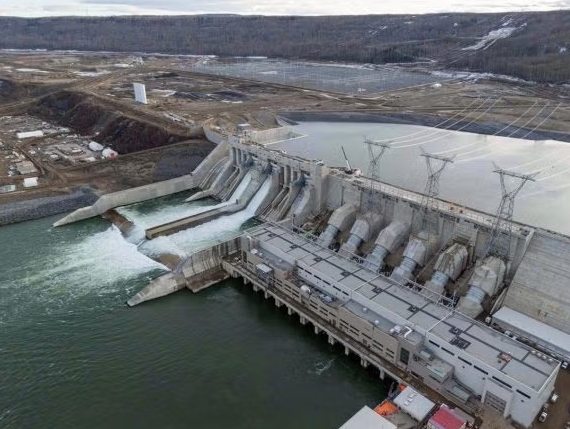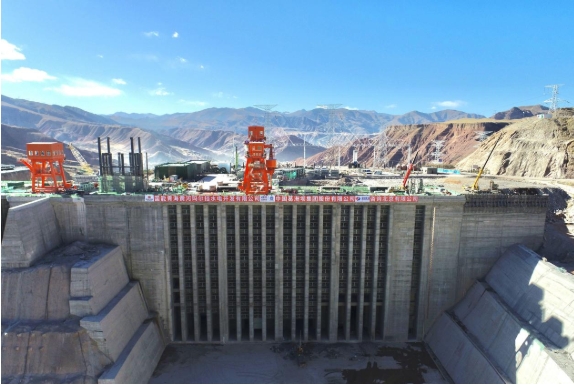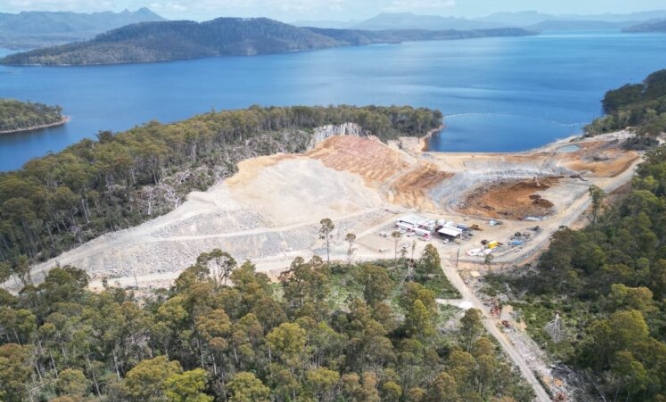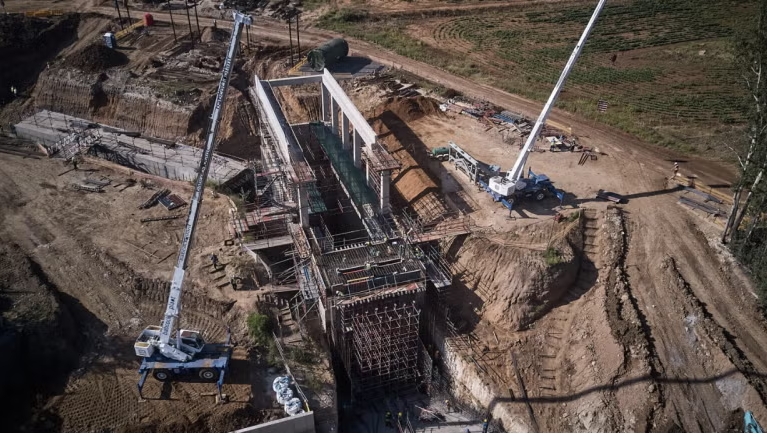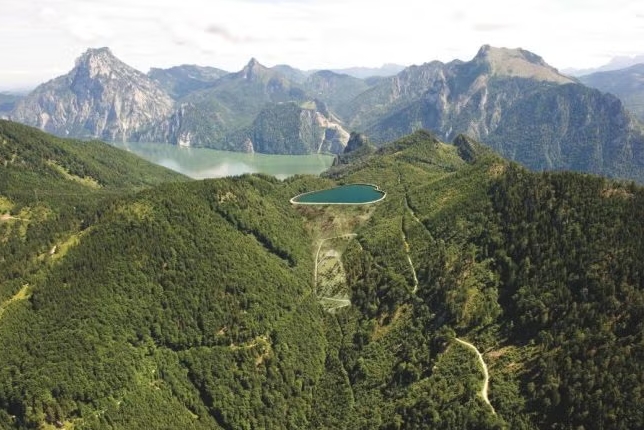The World Bank has approved additional grant financing of $50m for a second phase of rehabilitation at Nurek hydropower plant in the central Asia country of Tajikistan.
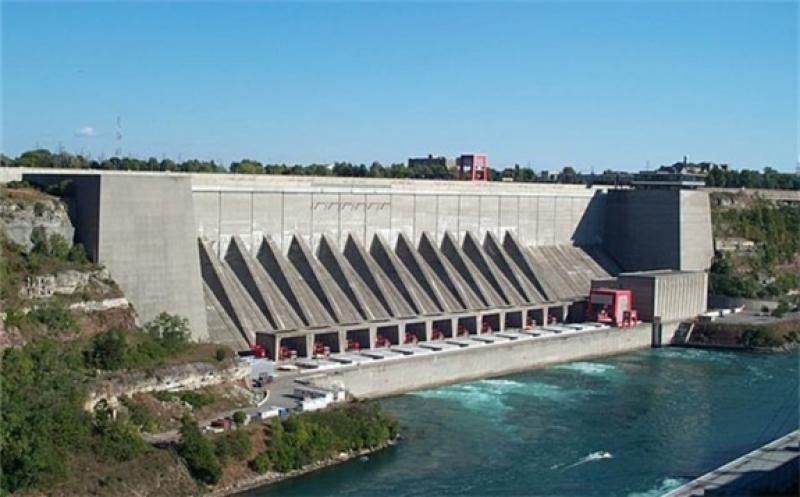
The plant is the most important asset of Tajikistan’s energy system, with an installed capacity of over 3000 MW. It generates about 50 per cent of total annual energy demand in Tajikistan, which is bordered by Afghanistan, China, Kyrgyzstan and Uzbekistan.
The plant is undergoing its first major rehabilitation since it was commissioned in 1972 and the work is intended to allow the plant to increase electricity generation by about 300 million kWh, supporting government efforts to ensure that energy demand can be met even during cold winter months.
At the same time, during summer, Tajikistan would be in a position to expand electricity exports from its hydro resources, including through the CASA-1000 transmission line and upon synchronization of the country’s electricity network with Central Asian Power System.
This would generate much-needed additional revenues for the sustainability of the power sector, thereby reducing pressures on the pace of tariff adjustments.
The first phase of the Nurek Hydropower Rehabilitation Project focused on rehabilitating three of the nine generating units, replacing and refurbishing hydromechanical equipment and the key infrastructural components of the power plant, replacing six auto-transformers that are used to evacuate the generated electricity, and enhancing dam safety with a special focus on protection against seismic hazards and floods.
The project’s second phase will finance the rehabilitation of the remaining six generating units, the Nurek bridge, the powerhouse, and other key buildings, while strengthening the HPP’s capacity to operate and maintain the power plant.
Through a separate project, the World Bank is supporting government’s efforts in strengthening the institutional capacity and financial viability of the open joint stock holding company Barqi Tojik.
Capacity building will be provided to Nurek and Barqi Tojik to enhance dam safety monitoring and the operation and management of hydro facilities.
With a total cost of $192m for the project’s second phase, the government of Tajikistan is currently finalizing its discussions with other development partners to secure the required additional resources.
Given Tajikistan’s long history of power outages, particularly during the cold winter months, the climate co-benefits, and the socio-economic development impact of using available hydro resources effectively, Tajikistan’s energy sector has been a priority area of engagement for the World Bank. Its current energy-related investments exceed $530m.
“The restoration of the generation capacity of the Nurek HPP is essential for ensuring energy security for the people of Tajikistan,” said Jan-Peter Olters, World Bank Country Manager in Tajikistan.
“Especially in these difficult times, the combination of inherent climate benefits from this renewable source of energy and the ability to support job creation and incomes for the local population, including by their engagement in this large-scale rehabilitation process, makes this a critical investment for a fast and sustainable post-crisis recovery.”
